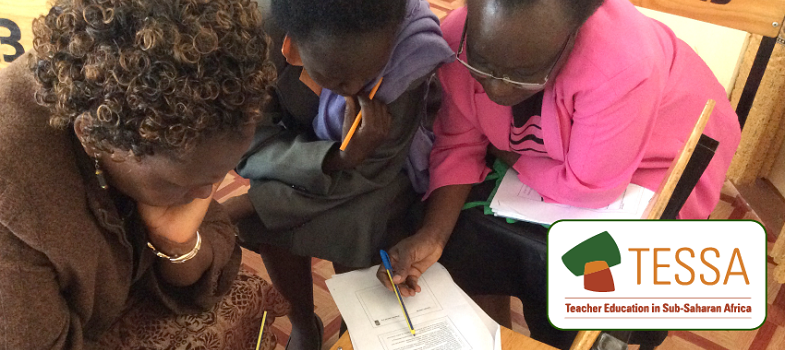1. Focus on planning
You are probably facing two specific challenges when preparing lessons on HIV and AIDS. The first is confidence in your own knowledge and the second is that it is a sensitive subject and potentially difficult to teach. If there are any doubts in your own mind about whether HIV and AIDS education should be taught in school, you should discuss it with your head teacher. However, it is important that everyone understands about HIV and AIDS.
It is critical that you are well prepared before you bring up this topic with your pupils. You must know the facts and prepare yourself to answer questions that may be difficult for you. This part will help you to prepare yourself well to teach HIV and AIDS.
You should also think about the pupils in your class and how each pupil might respond to this topic. What you cover will depend very much on the age of your pupils and how much you believe they know about the subject already.
Case Study 1: Planning to teach about HIV/AIDS
Mrs Shikongo in Tanzania was preparing herself to teach her Grade 4 class about HIV and AIDS and she was rather nervous. What if the children asked questions she couldn’t answer? She knew it was important to be properly prepared and thought about how she could do this. She made some notes of the things she needed to do.
- Speak to the Grade 5 teacher. He attended an HIV and AIDS workshop in Nairobi. Ask if he has any workshop notes or other resources that could be borrowed.
- Look in the school library to see if there are any booklets or other information for teachers or pupils.
- Ask the principal if there is an HIV and AIDS advisory teacher in our area and contact them for background material.
- Find out if there are any NGOs or clinics in town that have information on HIV and AIDS.
- Collect together the resources, then plan some time to go through them and make notes of important facts. Read the resources with the age of my pupils in mind and see if I could use them.
- Think about how to make it easy for my pupils to learn about this subject and be able to discuss their own views. How can I make sure that their learning is not blocked by embarrassment?
- Do we need special ‘rules’ by which we discuss such a sensitive subject?
- Think about how to assess how much the pupils have learned.
Having done her planning, Mrs Shikongo taught her first lesson on HIV and AIDS. Her class were nervous at first but as the lesson went on they listened and participated well. Many of them talked about the lesson during break time. Some asked her questions that she said she would answer in the next class.
Activity 1: Preparing to teach HIV and AIDS
Prepare yourself by researching the facts of HIV and AIDS and thinking about how you will teach it to your pupils. (See Resource 1: HIV and AIDS in Africafor information and useful Internet links you could use.)
Make notes, thinking about the following:
- Check with your head teacher that he or she is happy for you to do this.
- Where will you get information?
- Is there a resource person in your school? Town? District?
- Are there NGOs or medical centres working with HIV and AIDS education?
- How will you collect this information?
- How will you judge what information is appropriate for your pupils?
- Think about the age of the pupils and size of the class.
- How will you organise the classroom and your pupils?
- Would your pupils benefit from having a local expert come to talk to them to build on your class work? Should they come at the start of this work or later?
- What other resources do you have access to? Is there a computer room in your school where the class can access the Internet or you can gather information?
- Are there any pupils who may react strongly to this subject? How will you deal with different reactions?
Plan your introductory lesson.
Section 5 : Sensitive ways to raise HIV and AIDS



